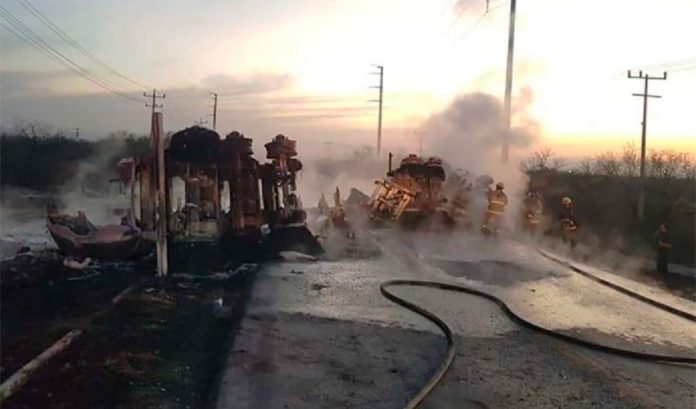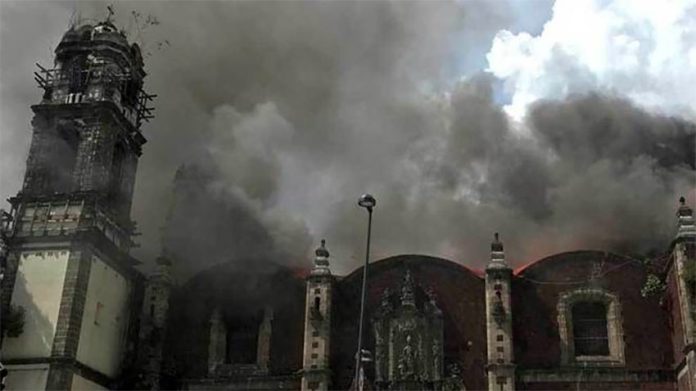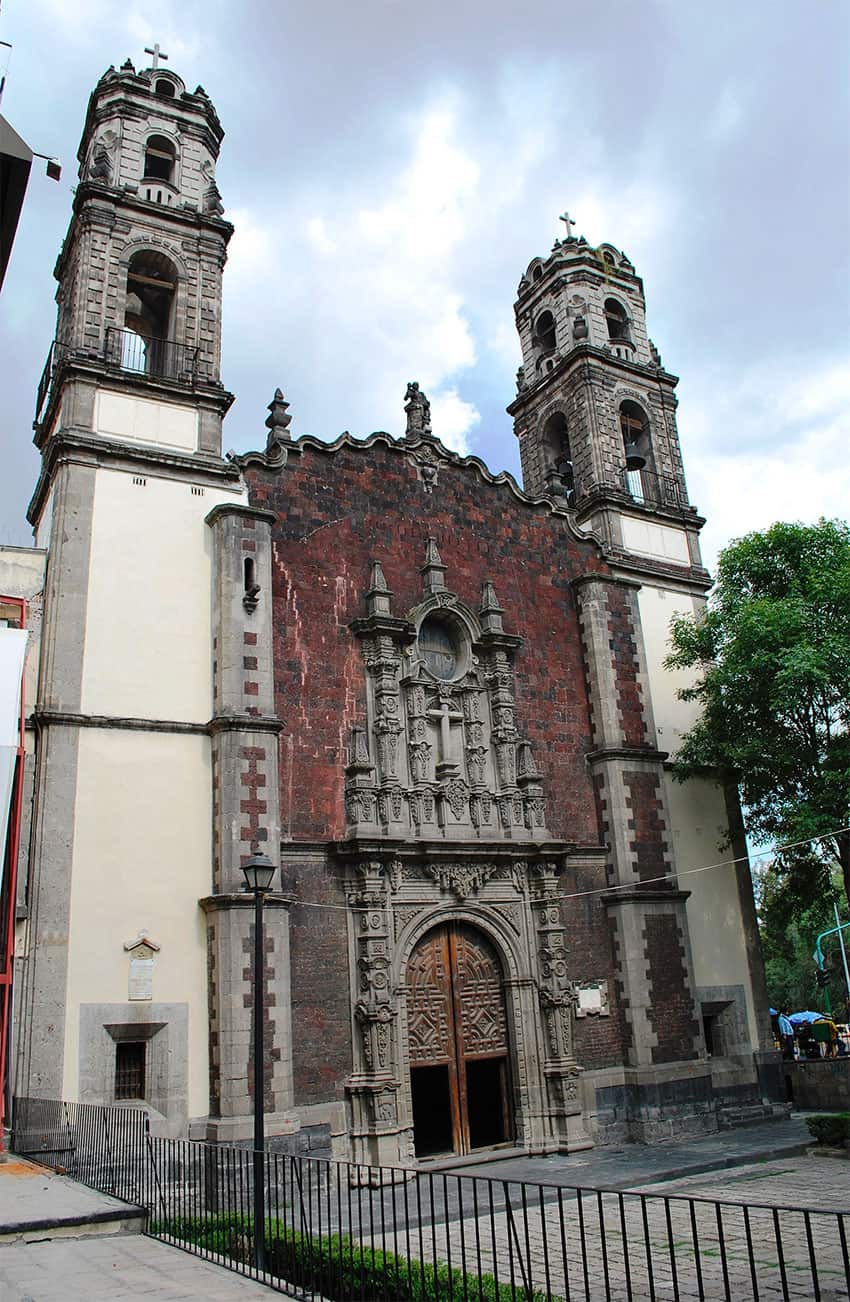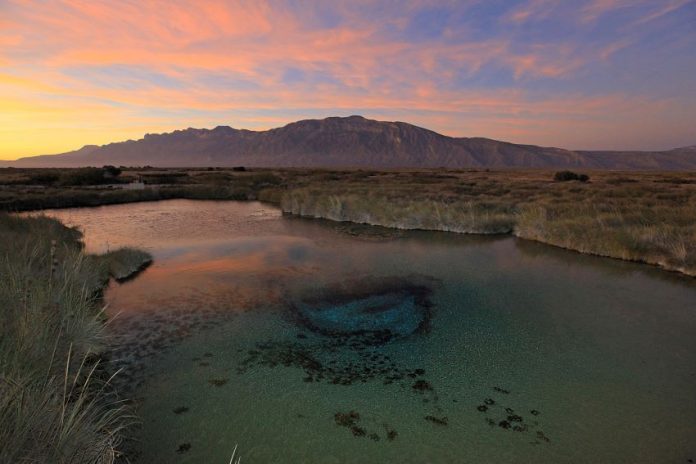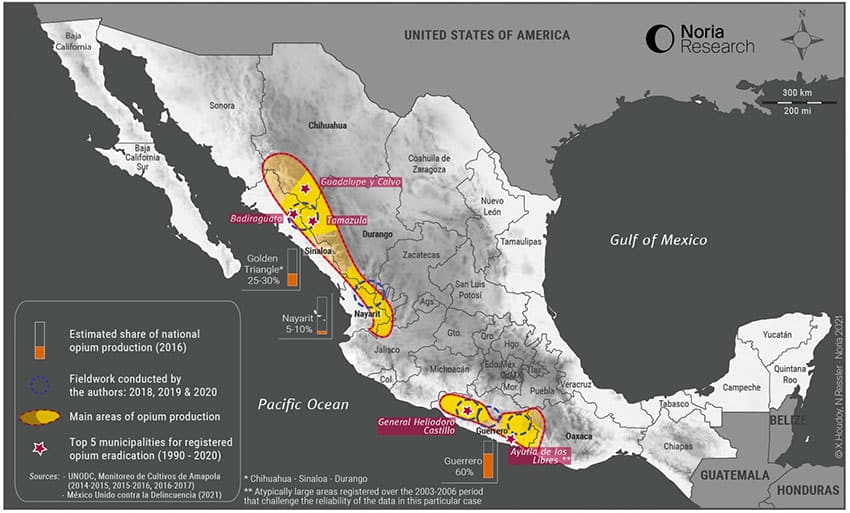A 75-year-old woman died in Hidalgo on Thursday shortly after receiving a dose of a Covid-19 vaccine but preliminary post-mortem results indicate that her death was not linked to the shot.
Several media outlets reported that the woman died 15 minutes after receiving a dose of the Chinese-made Sinovac at a vaccination center in Metepec but the federal Health Ministry said that she passed away 40 minutes after inoculation.
According to the newspaper Milenio, the woman began to feel weak minutes after receiving the vaccine and fainted when she got up to go to the washroom. She was taken to an IMSS clinic in Metepec but was dead on arrival.
Deputy Health Minister Hugo López-Gatell told the government’s coronavirus press briefing on Thursday night that preliminary results of an autopsy indicated that the woman’s death was not related to the application of the vaccine, one of four that have been used in Mexico to date.
He said the autopsy determined that the woman had chronic heart disease and suffered heart failure.
“… There is no evidence that suggests that the vaccine could have contributed to the death of this person. What was found … was chronic heart disease that is closely associated with a disease called rheumatic fever,” López-Gatell said. “… That’s the finding now, it’s not a [final] ruling.”
The deputy minister said further studies will be undertaken next week and stressed the importance of disseminating their results to avoid encouraging conspiracy theories or “distortion of information.”
Such misinformation could seriously damage confidence in the government’s Covid-19 vaccine rollout, López-Gatell said.
He added that there is no evidence that links the application of Covid-19 vaccines to serious illness or death, asserting that the shots are safe and effective.
Almost 3.8 million vaccine doses had been administered in Mexico by Thursday night, mainly to health workers and seniors.
Data presented by the Health Ministry showed that there have been 11,439 reports of adverse reactions in people who have received a jab in Mexico but only 71 cases were considered serious. Just over 96% of the adverse reactions –11,030 – were reported among people who received the Pfizer/BioNTech vaccine, which has so far been the most widely used vaccine in Mexico.
There have been 361 adverse reactions to the AstraZeneca/Oxford University shot, 39 to the Sputnik V vaccine and nine to the Sinovac shot.
Mexico has received just under 5.5 million vaccine doses, of which about 70% have been used. The government has agreements to acquire 232 million mainly two-shot vaccine doses and more than 100 million are expected to arrive before the end of May.
Official statistics show that Mexico’s pandemic has continued to wane in March, with the average number of confirmed cases and Covid-19 deaths reported in the first 11 days of the month down 27% and 30%, respectively, compared to the daily average in February.
However, thousands of case and hundreds of deaths continue to be registered every day. The accumulated case tally rose by 6,470 on Thursday to 2.15 million, the 13th highest total in the world, while the official death toll increased by 654 to 193,142. Only the United States and Brazil have recorded more deaths than Mexico, where excess mortality data suggests that the real Covid-19 death toll is much higher.
Source: Sin Embargo (sp), Milenio (sp)

